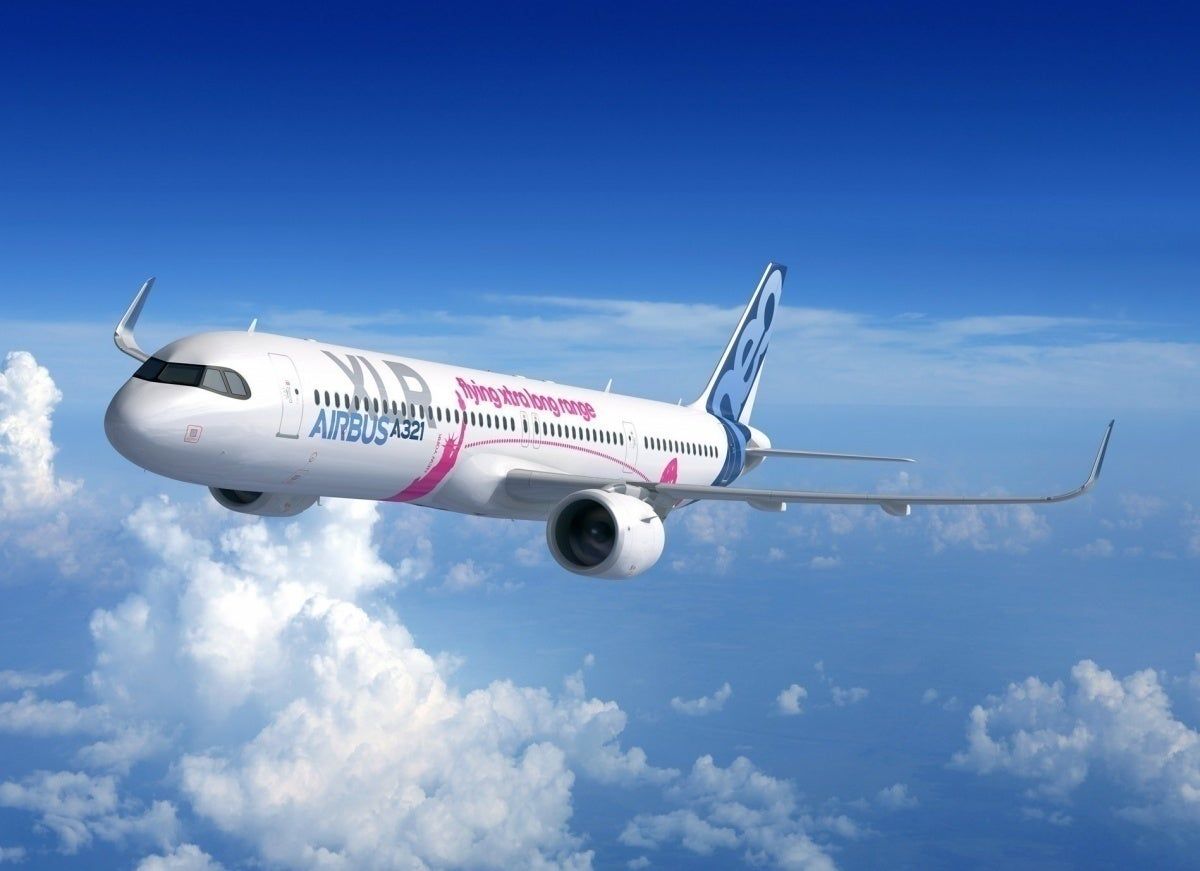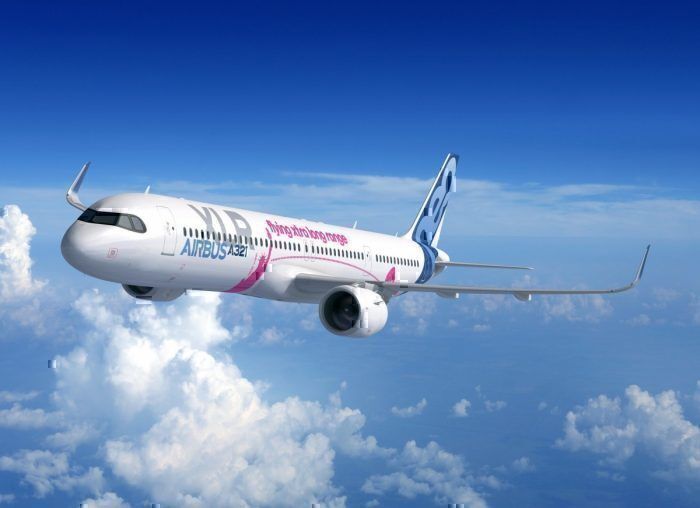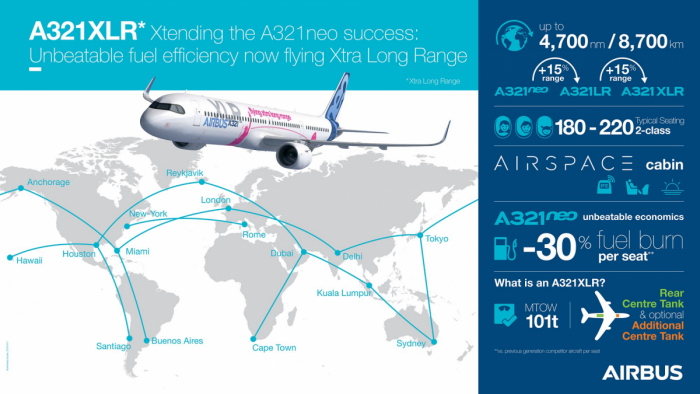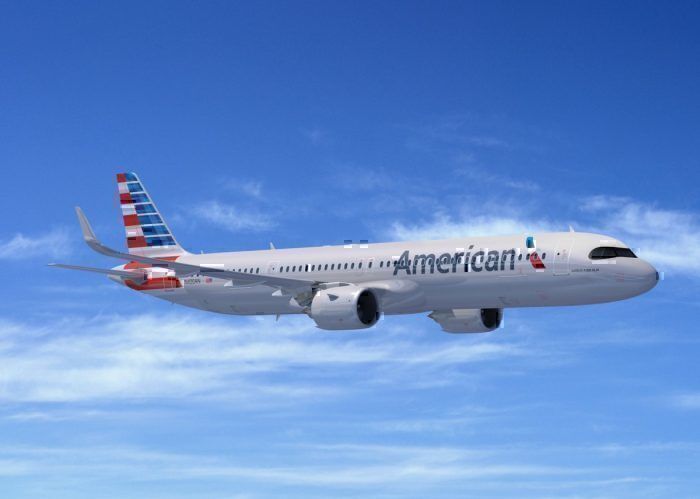Why did Airbus build the A321XLR? Why did they look at the market and decide that it needed an aircraft that could fly 4,700 nautical miles non-stop with passengers in a single-aisle? And why have airlines fallen in love with the aircraft?
Let's discuss why Airbus saw a need for this aircraft, and how airlines have reacted.
What exactly is the Airbus A321XLR?
If you are new to aviation, then you might not know what exactly is the Airbus A321XLR and why it is such a game-changing aircraft.
Let's begin with the origin of the A321XLR design. Take a deep breath. The A321XLR is a further derivative of the famous Airbus A321LR, which is a long-range extension of the Airbus A321neo, which in turn is an update of the popular Airbus A321 which itself was a stretch of the original A320. We could go further back, but it is debatable how much previous versions of Airbus aircraft can really be attributed to where we are now.
The aircraft specifically has the longest range of any narrowbody aircraft ever built, up to 4,700 nautical miles. This is thanks to bigger fuel tanks within the cargo hold of the aircraft, and an improved maximum take-off weight (thus able to take off with more fuel onboard without sacrificing cargo and passengers).
It does not improve on the cabin density of the A321LR (as they are the same length) and can only carry up to 220 passengers in two classes (or 240 in a single class).
As the aircraft is based on the neo variant of A320, it has all the improvement like winglets, modern cabin, and powerful new engines.
Why did Airbus build the aircraft?
There was a gap in the market that airlines were having trouble catering for. It was the medium density long haul routes, like between Boston and Manchester, that could be incredibly lucrative but would not make any money if a large long-haul aircraft was put on the route. Airlines were getting by via older Boeing 757 aircraft that suited the mission profile, but these planes were slowly falling into inefficiency compared to modern aircraft.
Thus Airbus saw a market demand and realized that if they could slightly improve the range on their A321neo aircraft then they would be able to fill in that void. And boy has the market ordered the aircraft in earnest. According to aeroTELEGRAPH, so far 22 airlines and two leasing companies have ordered the aircraft.
"Customers include United Airlines, American Airlines, Qantas, Iberia, Middle East Airlines, Vietjet, Air Asia X, Sky Airline, Flynas, and Air Arabia."
There is actually a secondary reason why the A321XLR was built. Currently, a significant percentage of air traffic traveling from Europe to North America passes either through Heathrow, London, or JFK, New York. In the past airlines needed as big aircraft as possible to take advantage of their expensive landing slots, as smaller aircraft couldn't really do the distance over the ocean and they would lose money by not having enough seats onboard.
But with a smaller aircraft that can fly over the Atlantic, it means smaller airports up-state can now take the aircraft instead. The airports can offer attractive incentives for airlines, like minimal landing fees that would greatly increase the profit on a route. Airbus realized that airports would also technically be a customer, or attractor, of the type and designed an aircraft that could fill that need also.
What do you think of this reason? Let us know in the comments.




